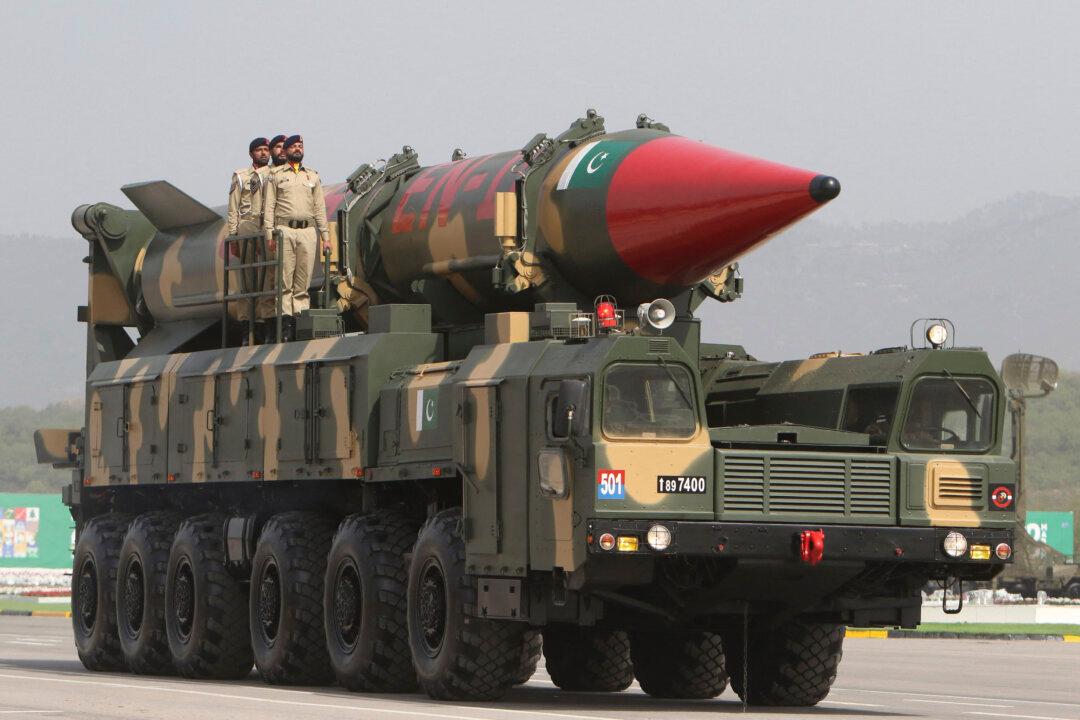As part of the Indo-pacific strategy, the Department of Defense spent $396 million to build the maritime capacity of allies and partners in the region, said David F. Helvey, the acting assistant secretary of Defense for Indo-Pacific on June 18.
Helvey defined this as part of the Department of Defense’s priority to ensure free and open Indo-pacific by building partnerships—a key priority of the strategy and said it has built the maritime capacity of allies including the Philippines, Vietnam, Indonesia, Malaysia, Thailand, Sri Lanka, and more recently Bangladesh.
“In terms of our second priority, partnerships, you know, the United States’ Indo-Pacific allies and partners continue to be the bedrock of our strategy,” said Halvey.
He said the National Defense Strategy “rightly” defines the Indo-Pacific region as a “priority theatre” for the Pentagon.
Maritime Security Initiative
The Pentagon started implementing the Maritime Security Initiative (MSI) to build capacities of the South East Asian states near the South China Sea in 2016, a year after it was announced.“Where to date we’ve provided more than $396 million in assistance that’s designed to strengthen the maritime capacity and maritime domain awareness capabilities of our allies and our partners,” said Helvey while updating reporters on Thursday.
The goal of the MSI is to build capacities of the allies on addressing various maritime challenges including China’s growing influence in the South China sea.
“The department remains focused on adapting to the challenges of long-term competition and the return of strategic rivalry, including with China,” said Helvey.
Helvey mentioned that as part of the third priority of the Pentagon’s Indo-Pacific strategy, which is promoting a networked region, Indonesia, Malaysia, and the Philipines have also built a joint initiative to conduct maritime and air surveillance in the Sulu and the Celebes Seas.
“That’s another example of the type of networked operation that we’re talking about,” said Helvey.





